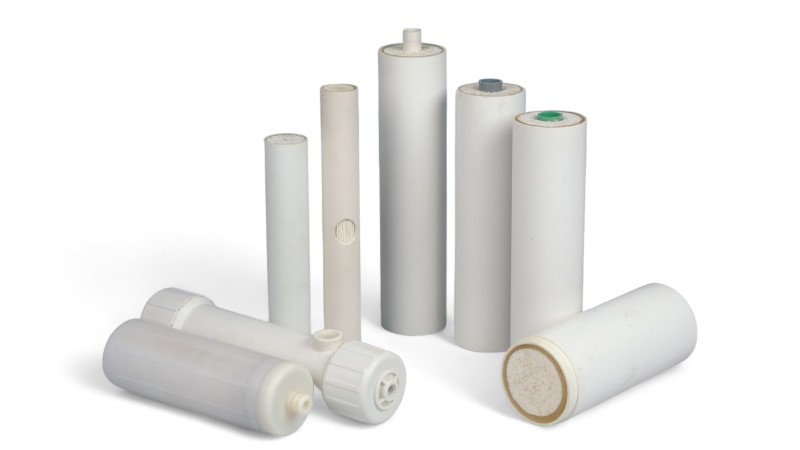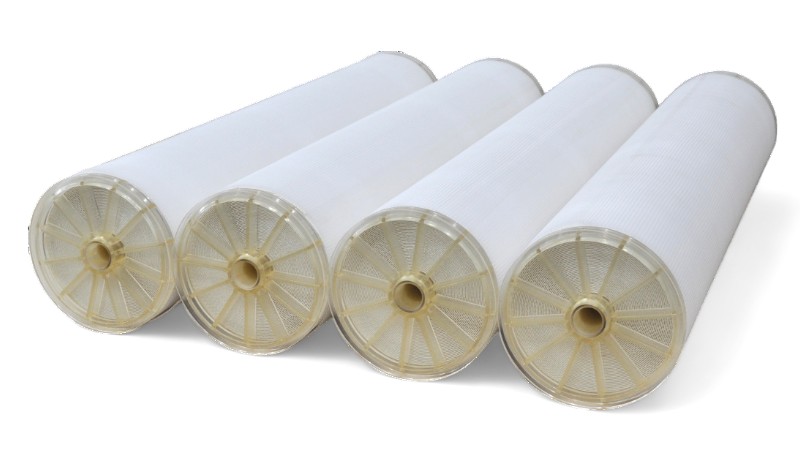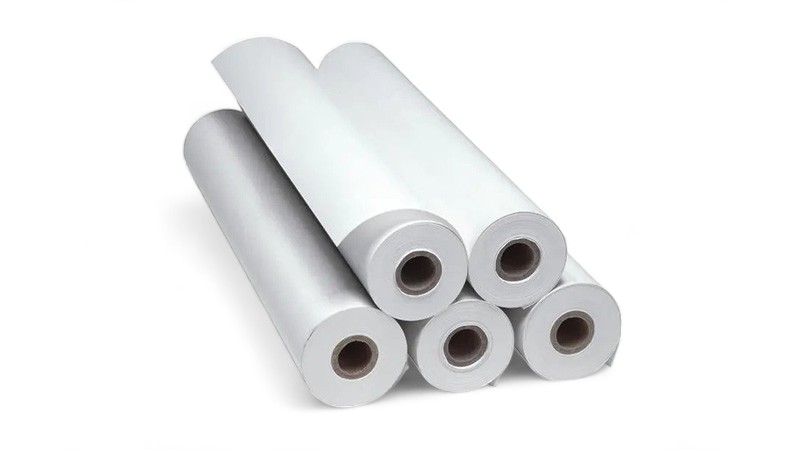Coating machine is a type of equipment used to apply a layer of material onto the surface of a substrate. This layer can serve various purposes, such as protection, decoration, functionality, or performance enhancement. Coating machines are commonly used in a wide range of industries, including optical film, electronic material, functional film, functional adhesive tape, water treatment, and decoration material etc.
1. Optical Film
1) Release film: Also known as release liner or backing paper, is a type of film or paper used as a protective layer to prevent sticky or adhesive surfaces from adhering prematurely. It is commonly used in the manufacturing of components like protective films for screens and various adhesive-backed components.
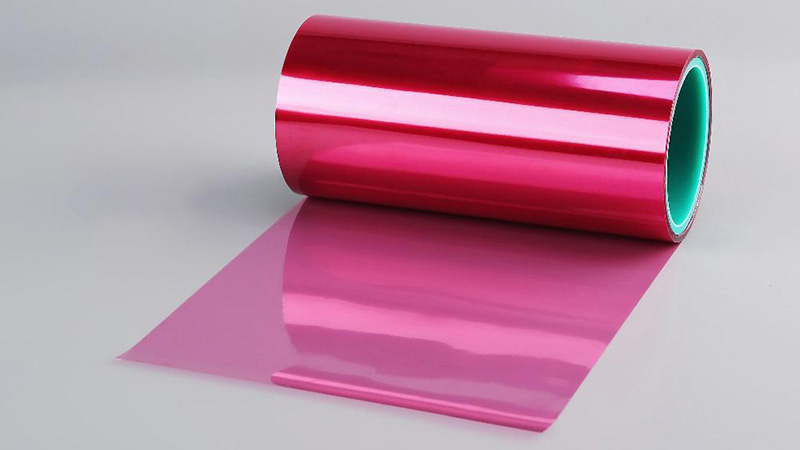
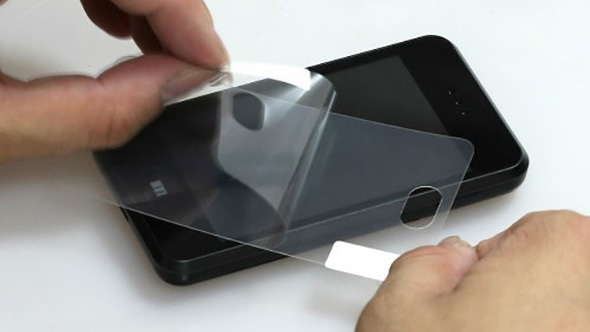

2) Protective film: Also known as surface protection film, is a type of film used to shield surfaces from damage, contamination, and wear during manufacturing, transportation, storage, and installation. It is commonly used on screens, lenses, and other delicate surfaces of electronic devices like smartphones, tablets, and TVs to prevent scratches and smudges during assembly and shipping.


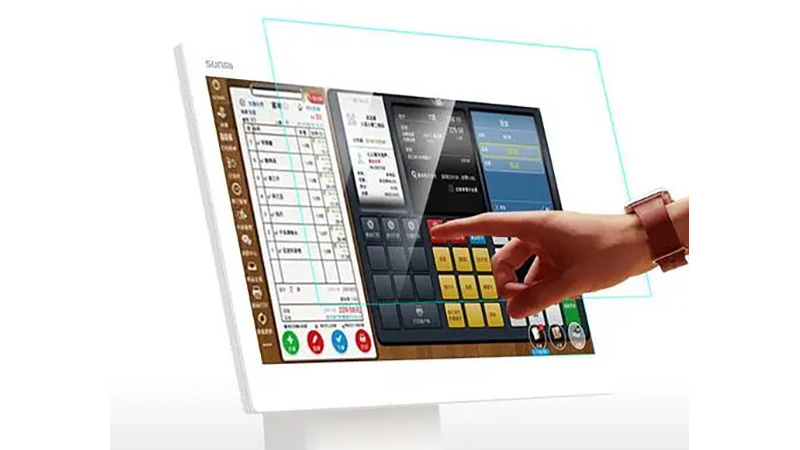
3) Hardened film: Also known as hard coat film, is a type of protective film that has been treated with a hard coating to enhance its surface hardness and durability. This film is designed to provide a robust barrier against scratches, abrasions, and other physical damages, while maintaining clarity and other functional properties of the underlying material. It is commonly used on smartphones, tablets, monitors, and other touchscreen devices to protect against scratches and enhance durability.
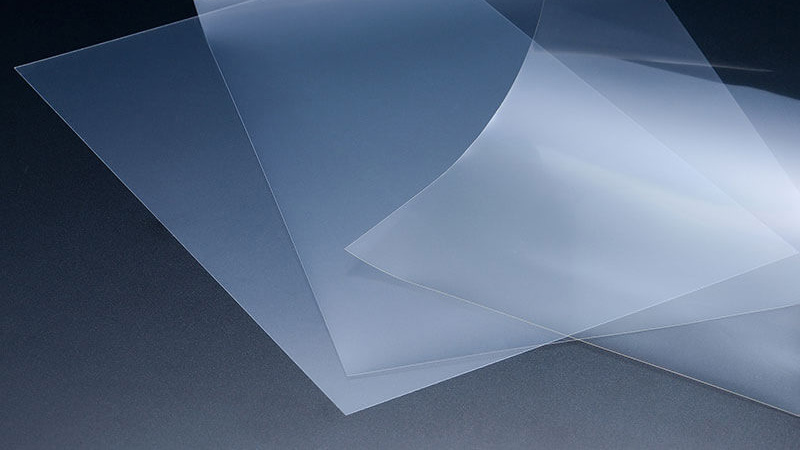

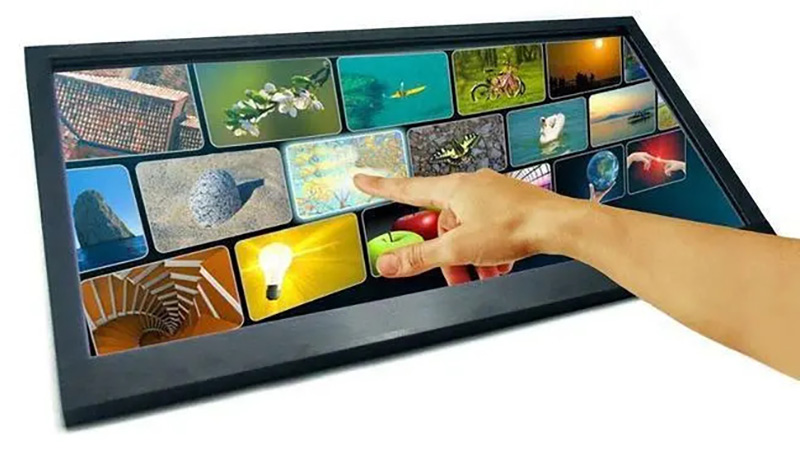
4) Diffusion film: Diffusion film is a specialized type of optical film, its main function is to scatter or diffuse light in a controlled manner, ensuring uniform light distribution across a surface. It is commonly used on LCD and LED Screens, Touchscreens, LED Lighting, Dashboard Displays and Instrument Panels, Lightboxes and Billboards etc.
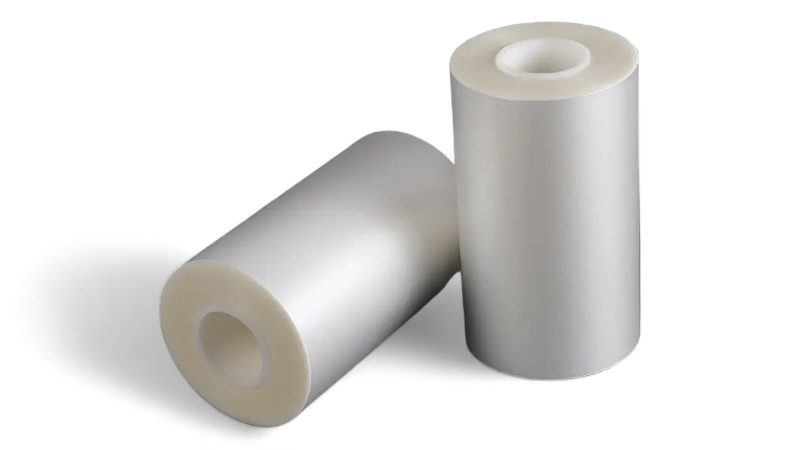
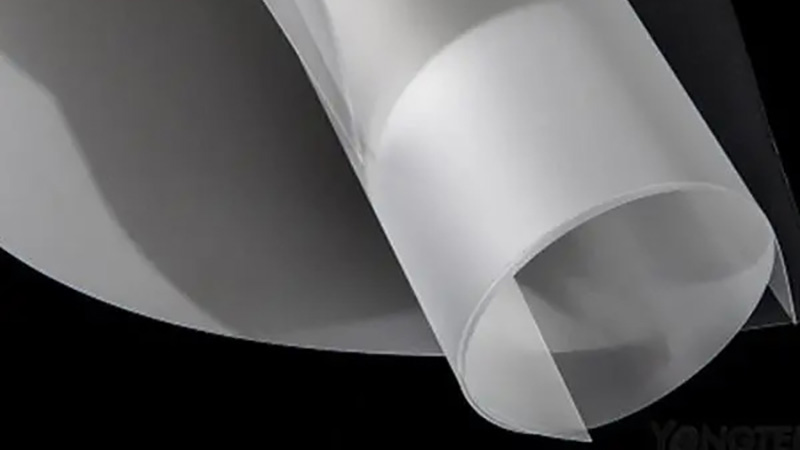
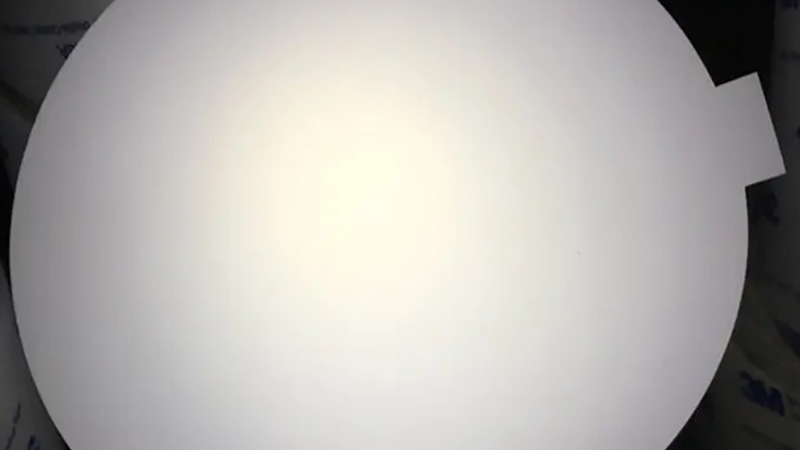
5) Reflective film: Also known as mirror film, is a type of film that is designed to reflect light efficiently and uniformly. Applications: Window film, Photographic Reflectors etc.
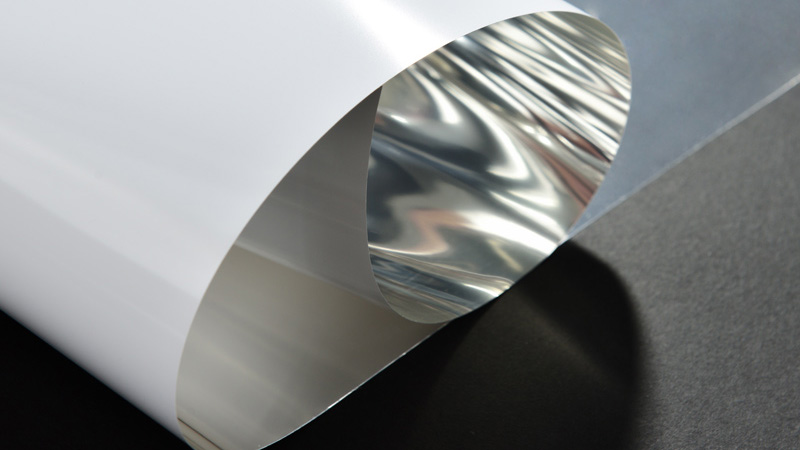
6) OCA film: OCA film stands for Optical Clear Adhesive film. It is a specialized type of adhesive film used in display technologies, particularly in the assembly of touchscreens, LCD panels, and other electronic devices with flat panel displays. OCA film is optically clear, meaning it maintains transparency and does not distort the clarity or visibility of the underlying display. Applications of OCA film: Smartphones, Tablets, LCD monitors, LCD Television screens etc.
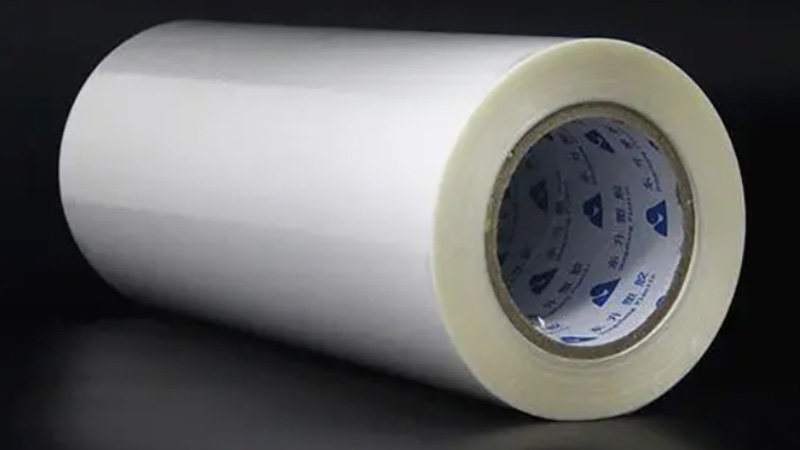
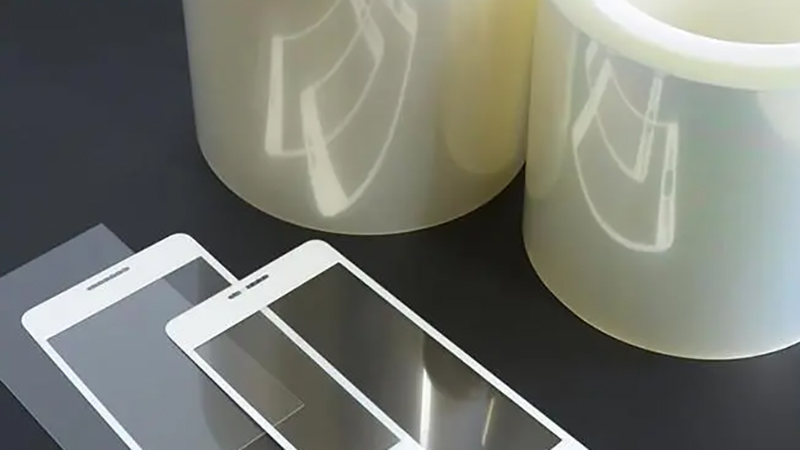
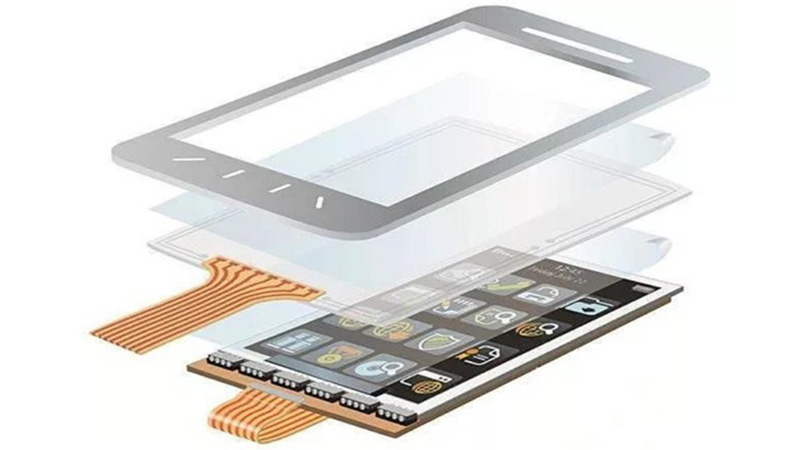
7) Silver nanowire conductive film: Silver nanowire conductive film is a type of transparent and conductive film made by coating a substrate with a layer of silver nanowires. The film consists of a network of interconnected silver nanowires that form a conductive pathway while maintaining high optical transparency. It is commonly used as transparent conductive layers in touchscreens and displays to enable touch functionality while maintaining optical clarity. It is also applied as transparent conductive electrodes in photovoltaic devices to collect and transport electrical current generated by sunlight.

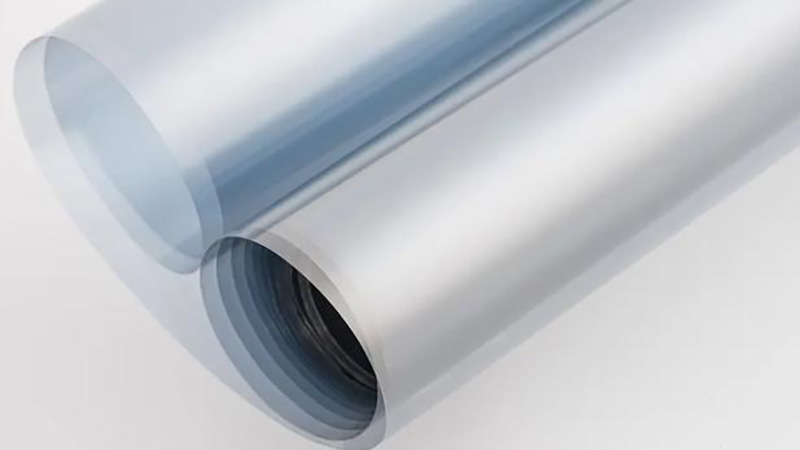
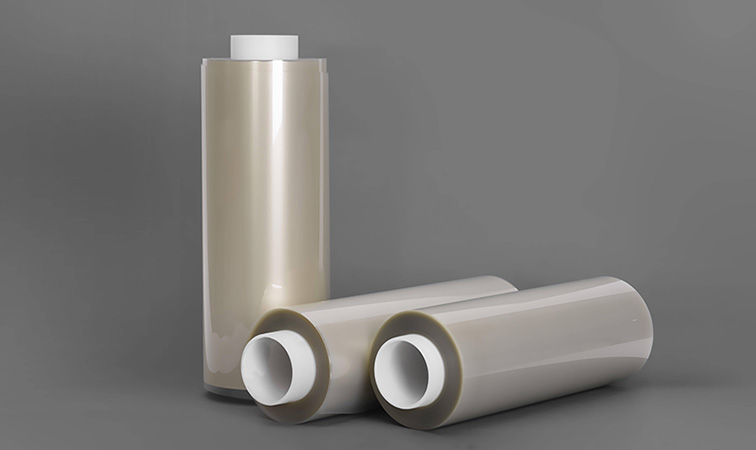
8) Brightness enhancement film: Brightness enhancement film (BEF) is a specialized optical film designed to improve the brightness and efficiency of liquid crystal displays (LCDs) by enhancing the directional light output. BEF is commonly used in various LCD applications, including televisions, monitors, laptops, tablets, and smartphones.
2. Electronic Material
1) Lithium-ion battery diaphragm: The lithium-ion battery diaphragm is a critical component of lithium-ion batteries (Li-ion). It serves as a physical barrier between the positive and negative electrodes (cathode and anode) within the battery cell, preventing direct contact between them while allowing the flow of lithium ions during charge and discharge cycles. It commonly used on Lithium-ion batteries in consumer electronics, electric vehicles, and energy storage systems.
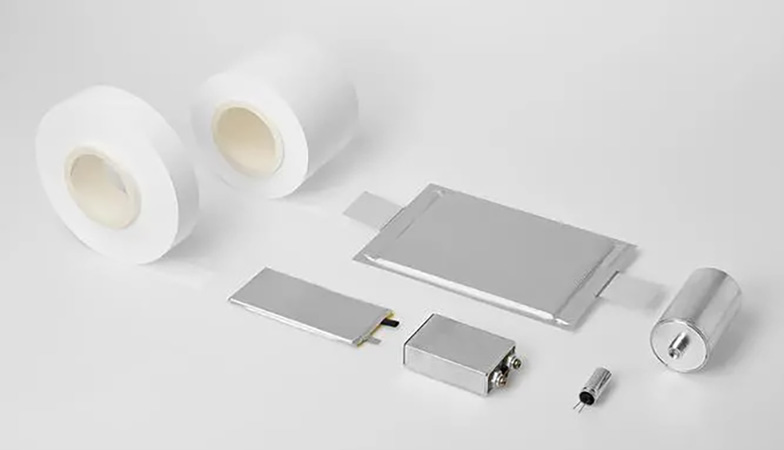
2) Lithium-ion battery cathode and anode: Lithium-ion battery electrodes are typically coated with a slurry composed of carbon, graphite, and binder onto aluminum foil to form the cathode, and onto copper foil to form the anode. The coating layers on to metal poles should be smooth, otherwise, the electrical shorts and power performance of the battery will be affected.

3) Aluminum plastic film: Aluminum plastic film, as the outer packaging of pouch batteries, plays a crucial role in protecting the battery core and containing the electrolyte. It is a composite packaging material composed of aluminum foil (Al), nylon (PA), polypropylene (CPP), and binders.
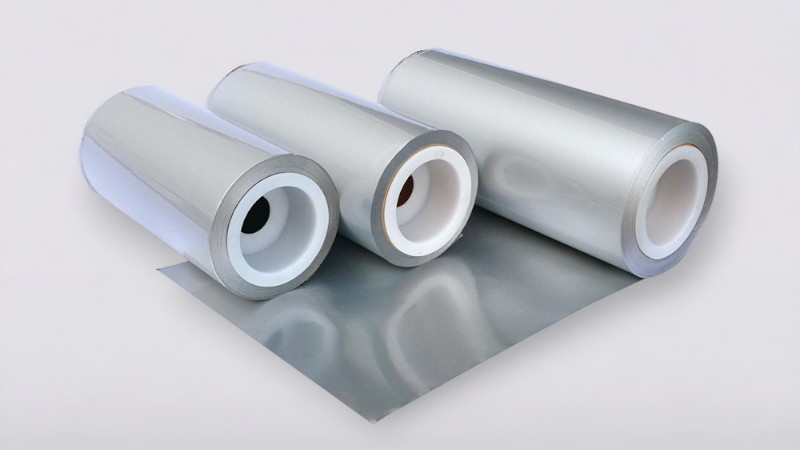
4) Solar battery backplane film: The solar backplane film is designed to withstand temperature changes and exposure to sunlight over time. Its function is to seal, insulate, and waterproof.
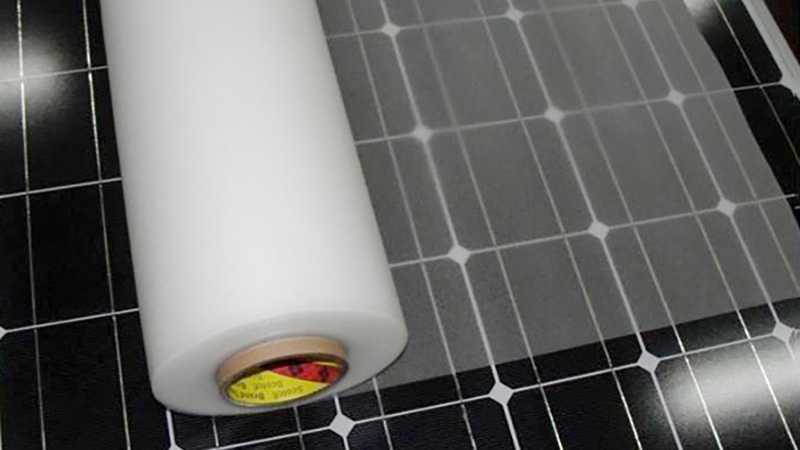
5) Hydrogen fuel battery membrane electrode: Coatings on hydrogen fuel battery electrodes can improve the device’s efficiency and lifespan.
6) Hydrogen fuel battery proton exchange membrane: The proton exchange membrane in hydrogen fuel cells is the core component and plays a key role in battery performance. It is a semipermeable membrane that acts as an electronic insulator and reactant barrier, designed to conduct protons.
3. Functional film
1) Electromagnetic Shielding Film: The electromagnetic shielding film is a type of material designed to protect electronic devices and systems from electromagnetic interference (EMI) or radio frequency interference (RFI).
2) Paint protection film: The Paint protection film (PPF) is a transparent and durable thermoplastic urethane film applied to the exterior surfaces of vehicles to protect the paint from scratches, stone chips, road debris, and other forms of damage.
3) Window film: The function of window film is to enhance energy efficiency, improve comfort, provide privacy, increase safety, and enhance the aesthetics of windows and glass surfaces.
4) Thermal transfer ribbons: Typically, it is coated PET to produce thermal transfer ribbons.
4. Functional adhesive tape

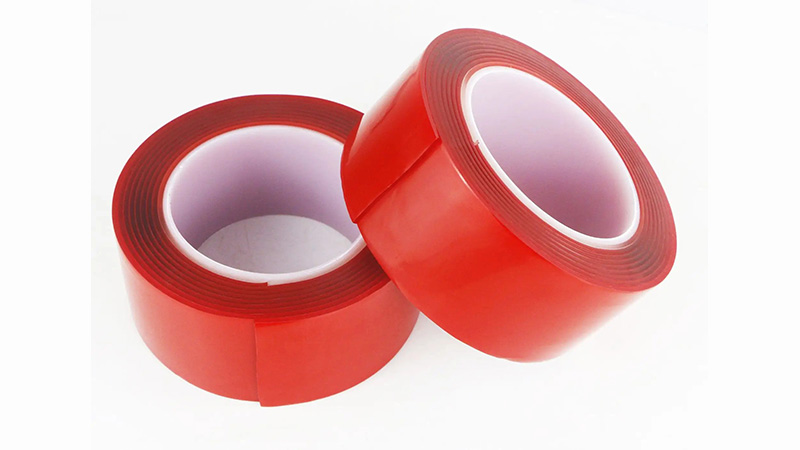
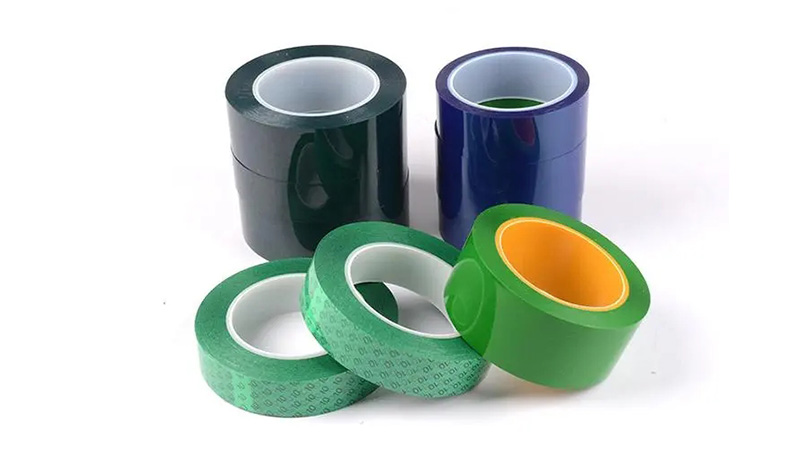
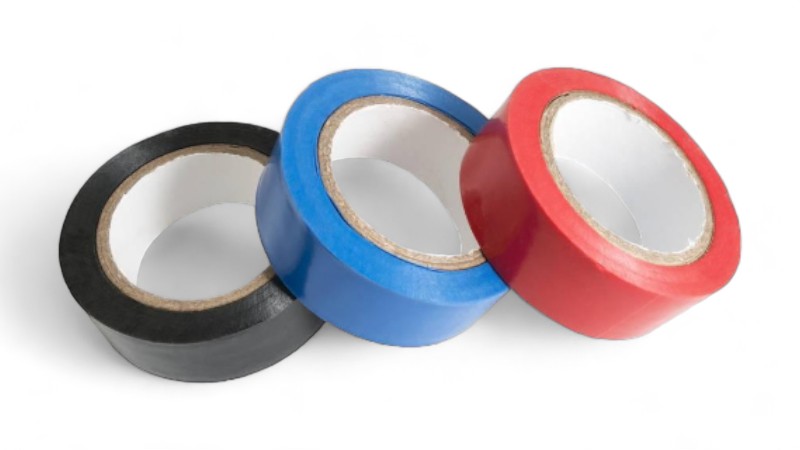
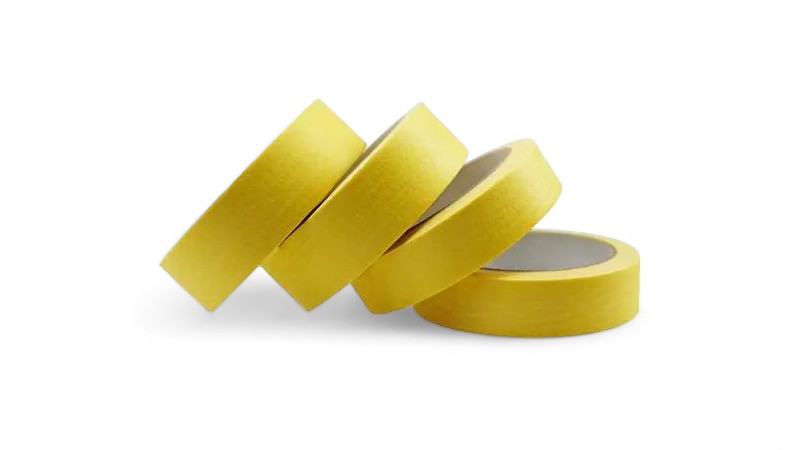
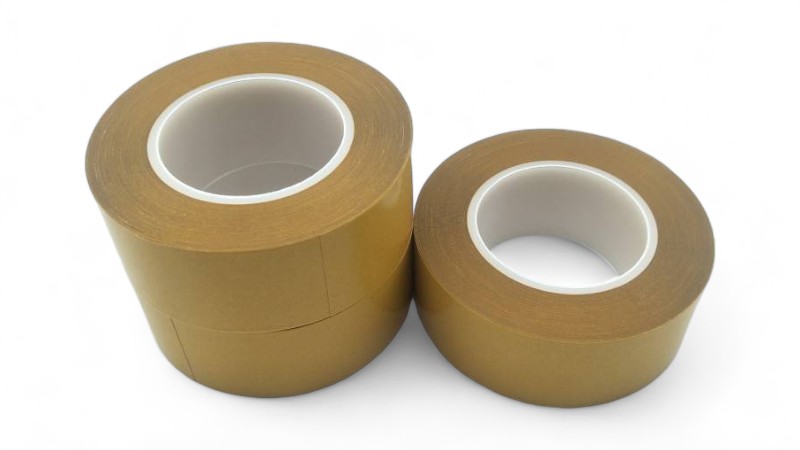
5. Water treatment

